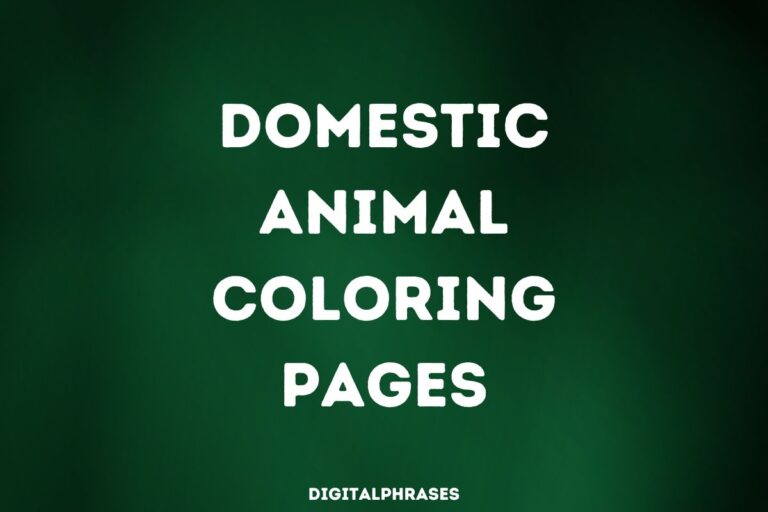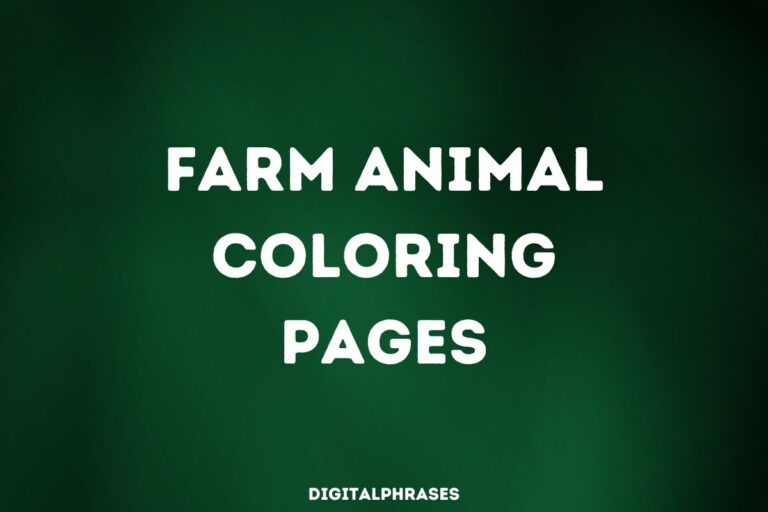45 Coloring Pages For Kids (Easy, Simple, Cute, Creative and Fun)
Have you ever seen a toddler with a crayon?
It’s like watching an artist who’s misunderstood by society—except this artist is drawing on your walls, the dog, and occasionally themselves. As a parent, I’ve come to realize that coloring is more than just a peaceful activity; it’s a stealth mission.
You sit your kid down with a fresh set of crayons and a stack of coloring pages, hoping they’ll stay occupied long enough for you to drink your coffee while it’s still hot.
Spoiler alert: They won’t.
But hey, for those few blissful minutes before someone tries to eat a crayon, coloring pages for kids are a sanity saver.
Plus, you get to feel like you’re nurturing their creative genius… even if their masterpiece ends up looking like a rainbow exploded.
Easy and Simple Coloring Pages For Kids
1
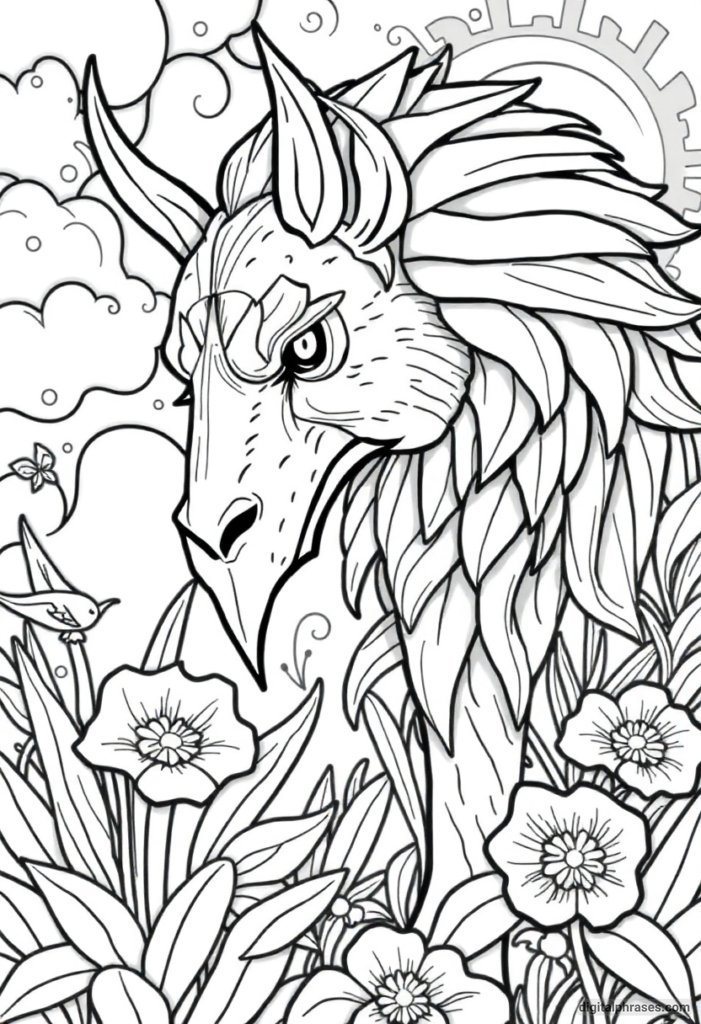
2
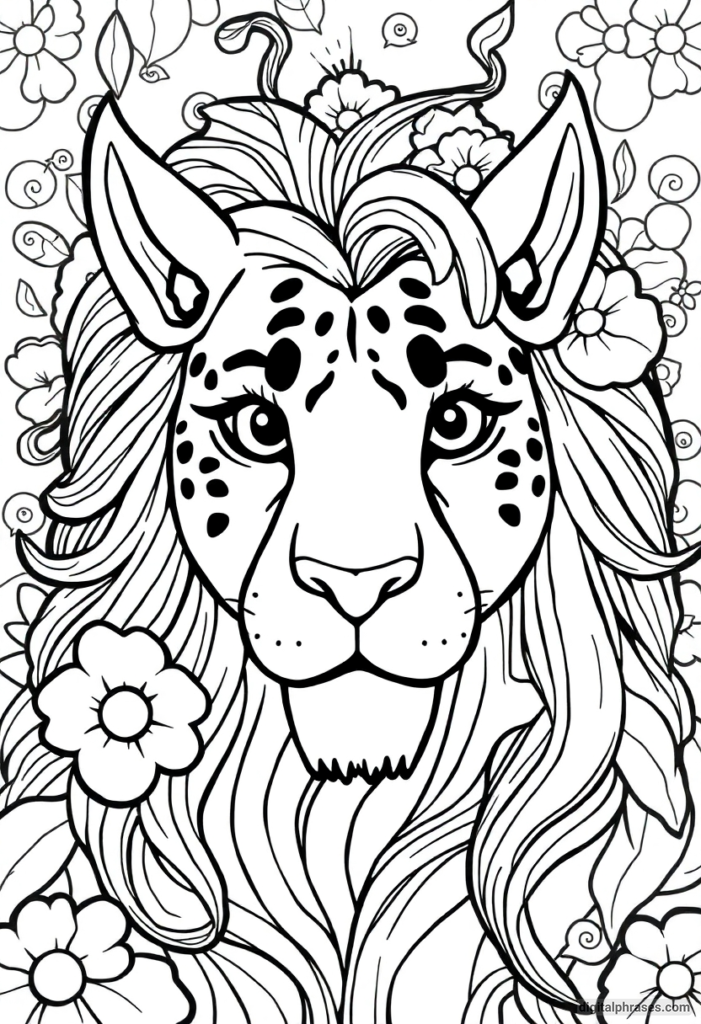
3
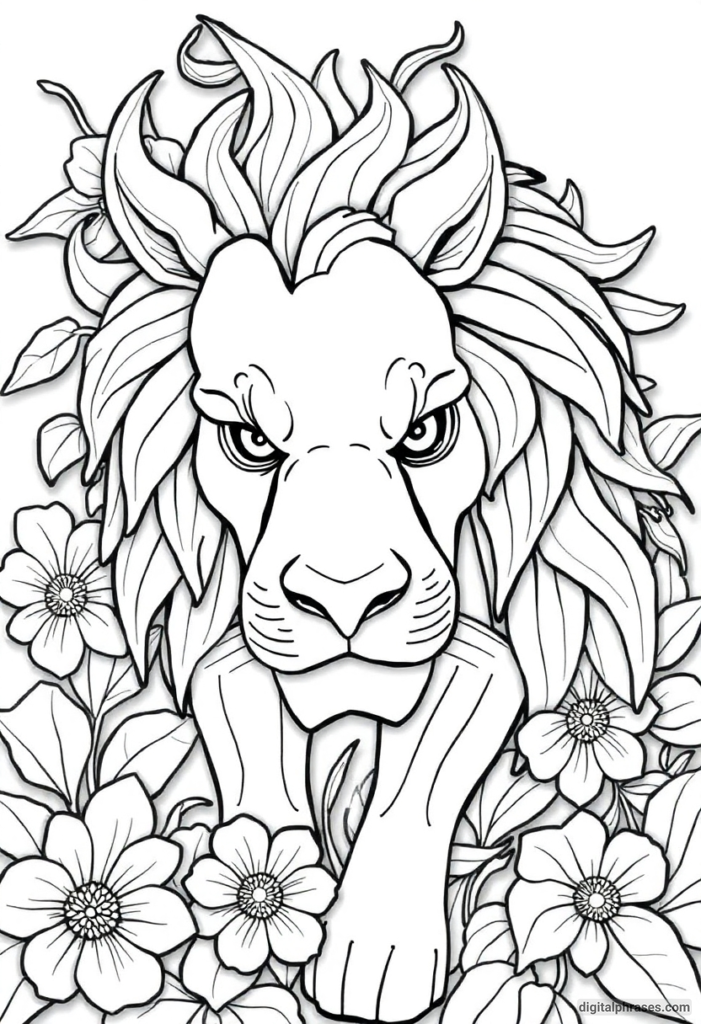
4
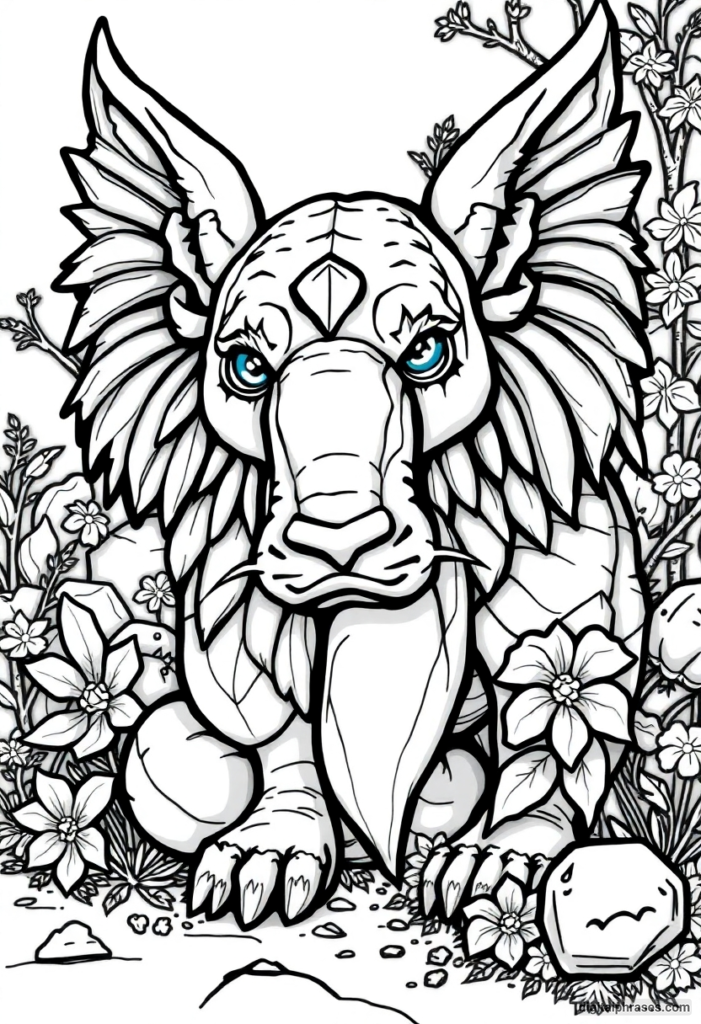
5
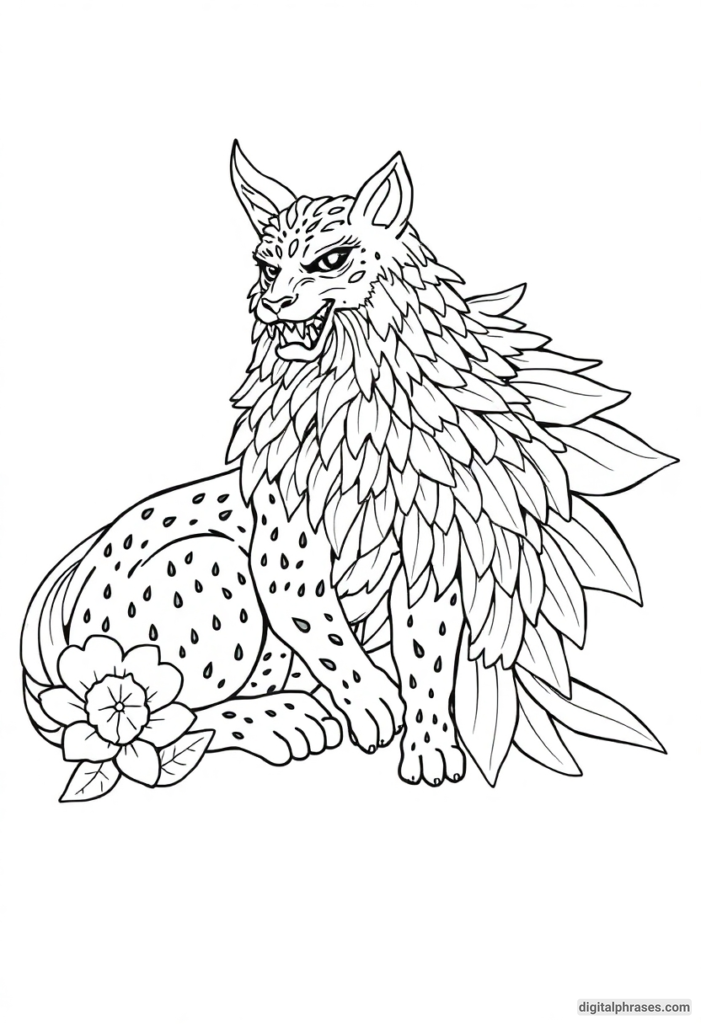
6
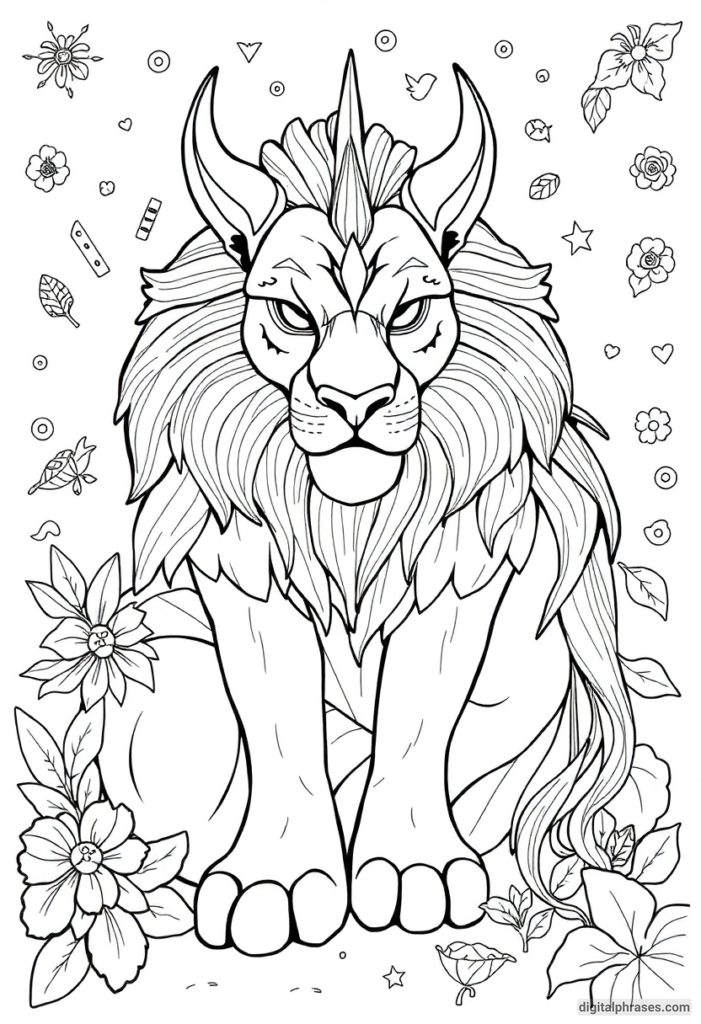
7
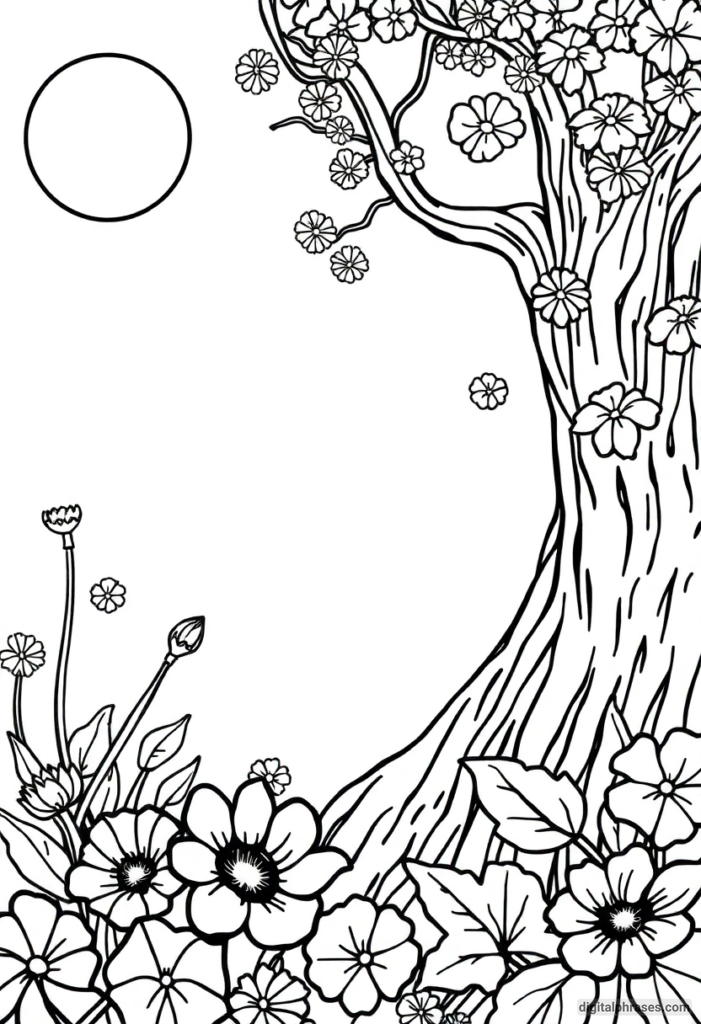
8
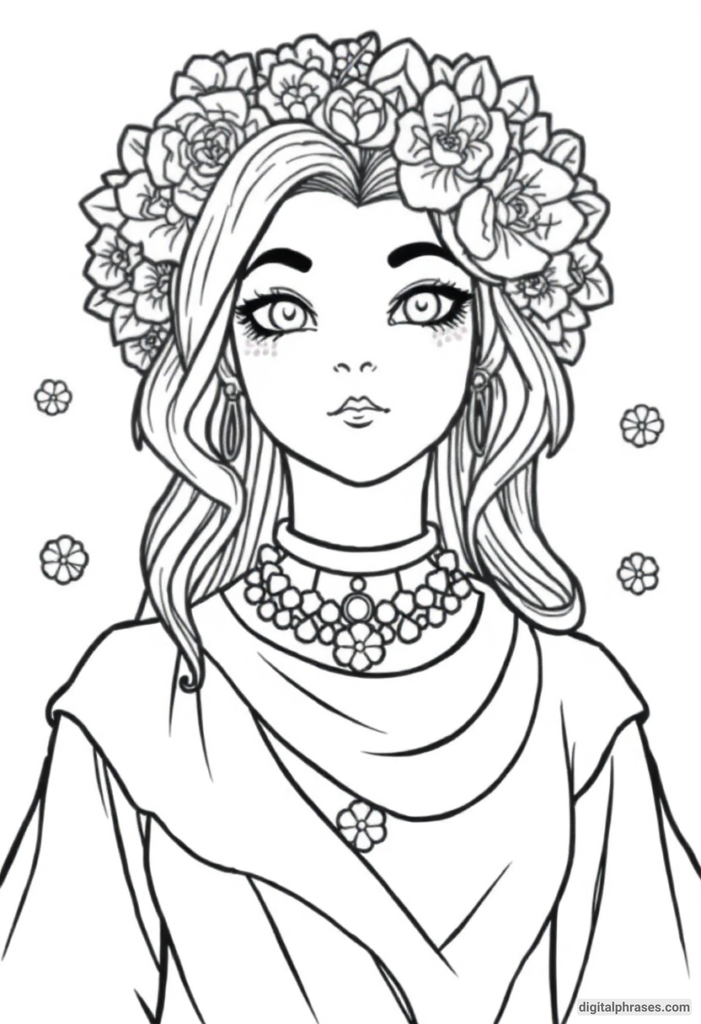
9
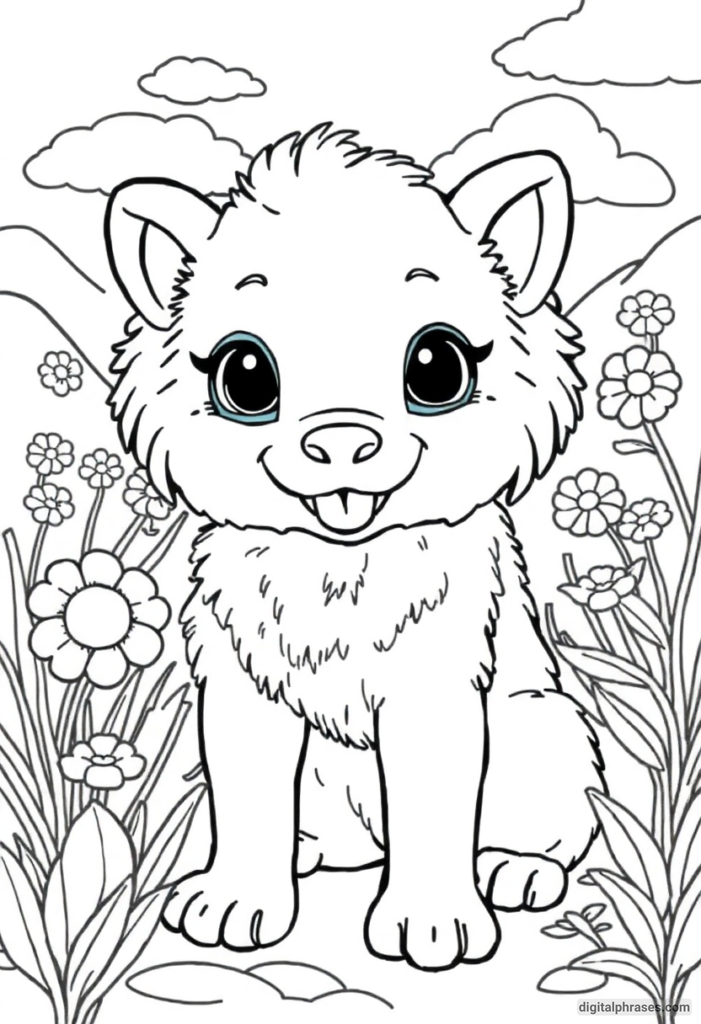
10
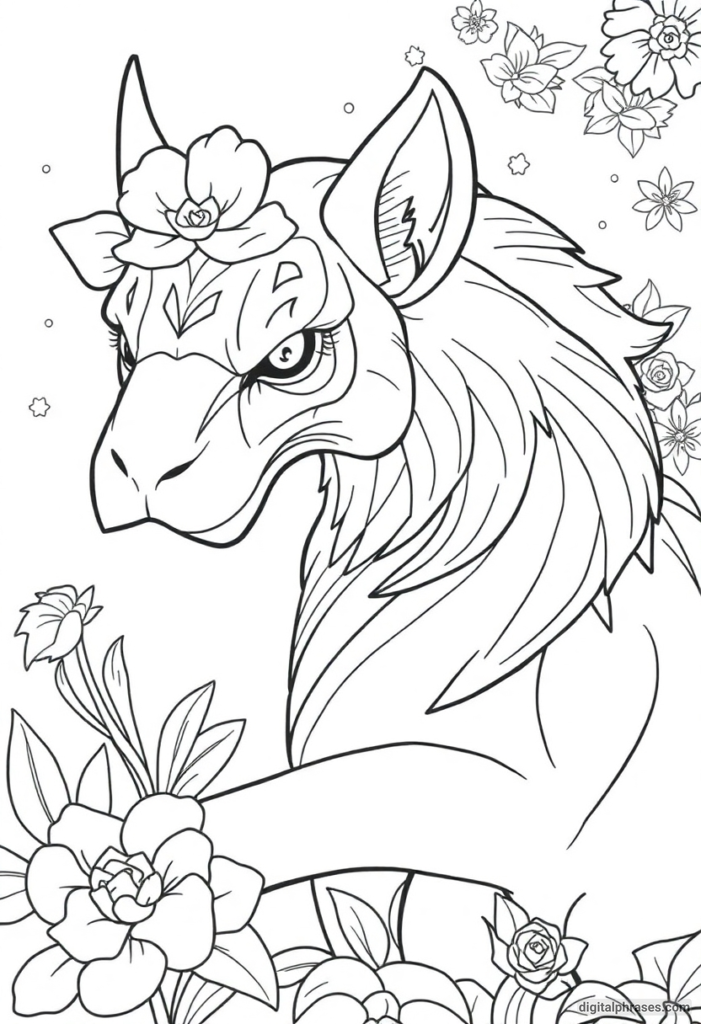
11

12
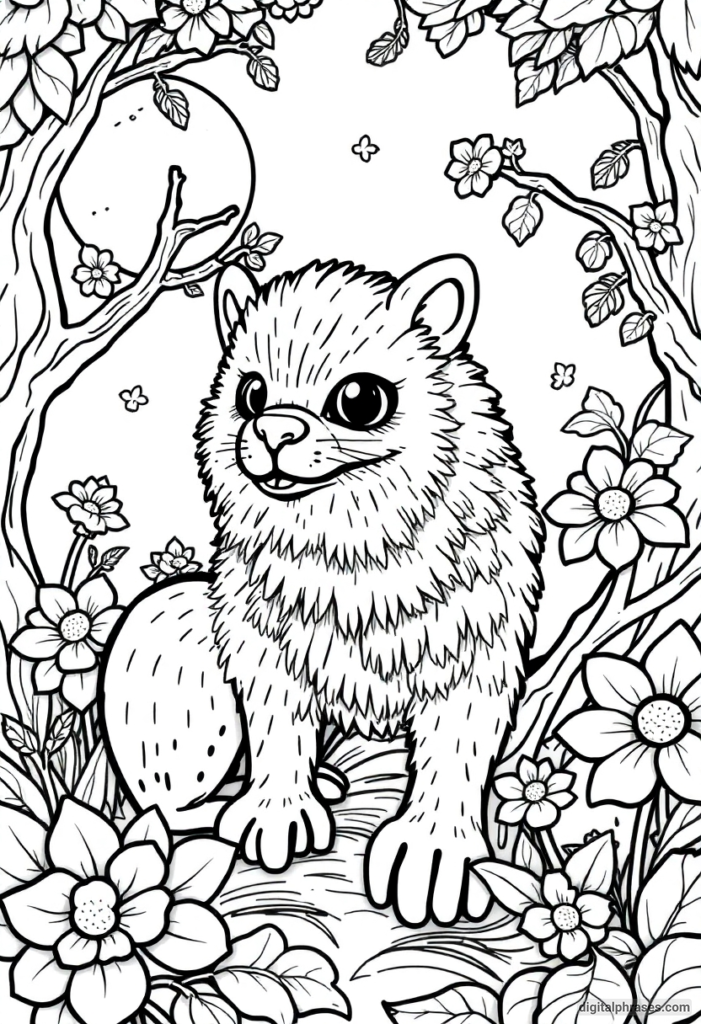
13

14
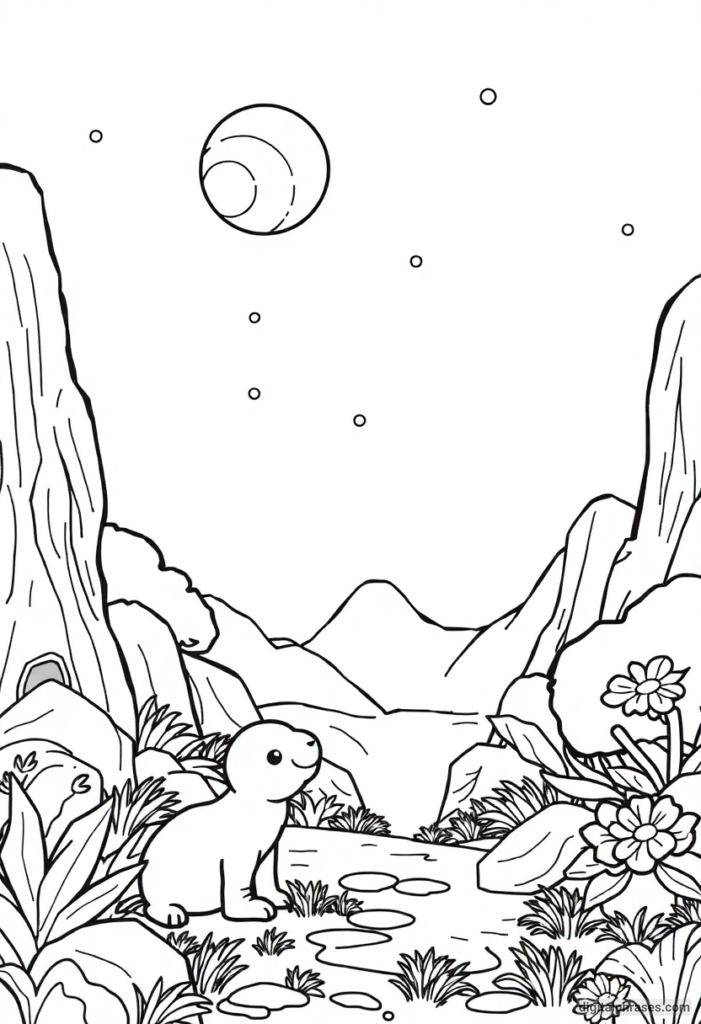
15
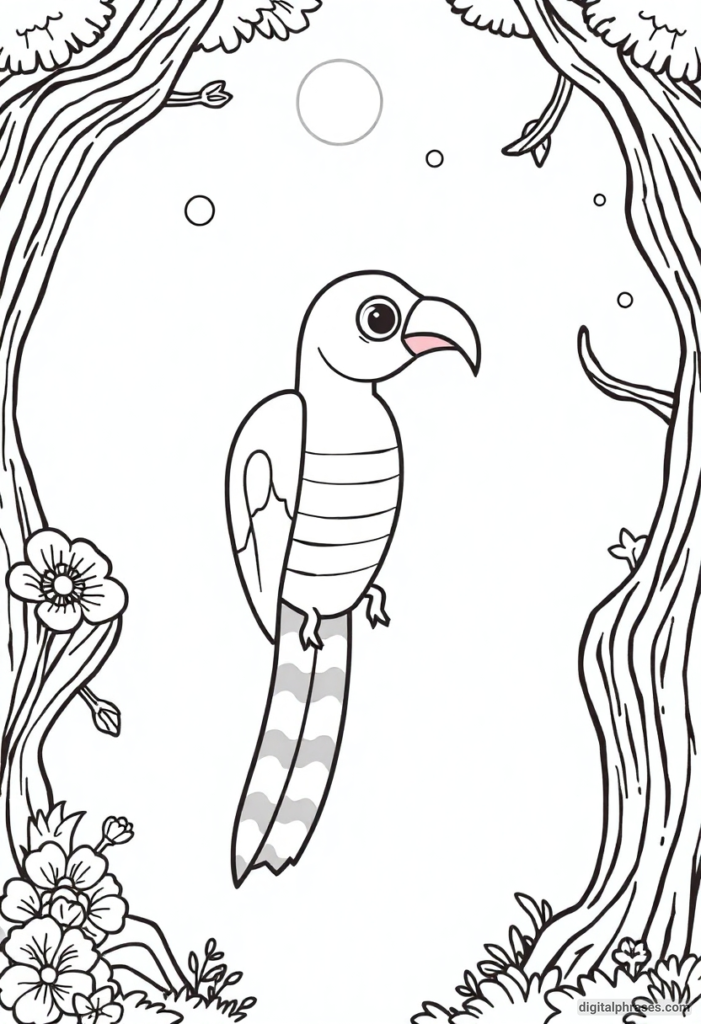
Cute and Creative Coloring Pages for Kids
1
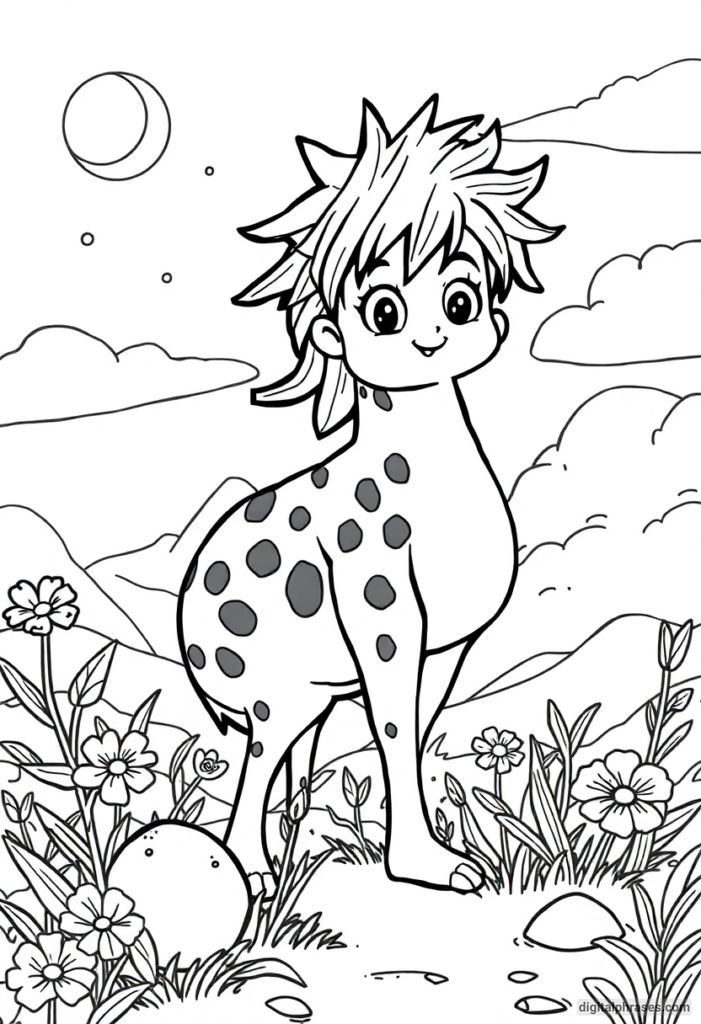
2
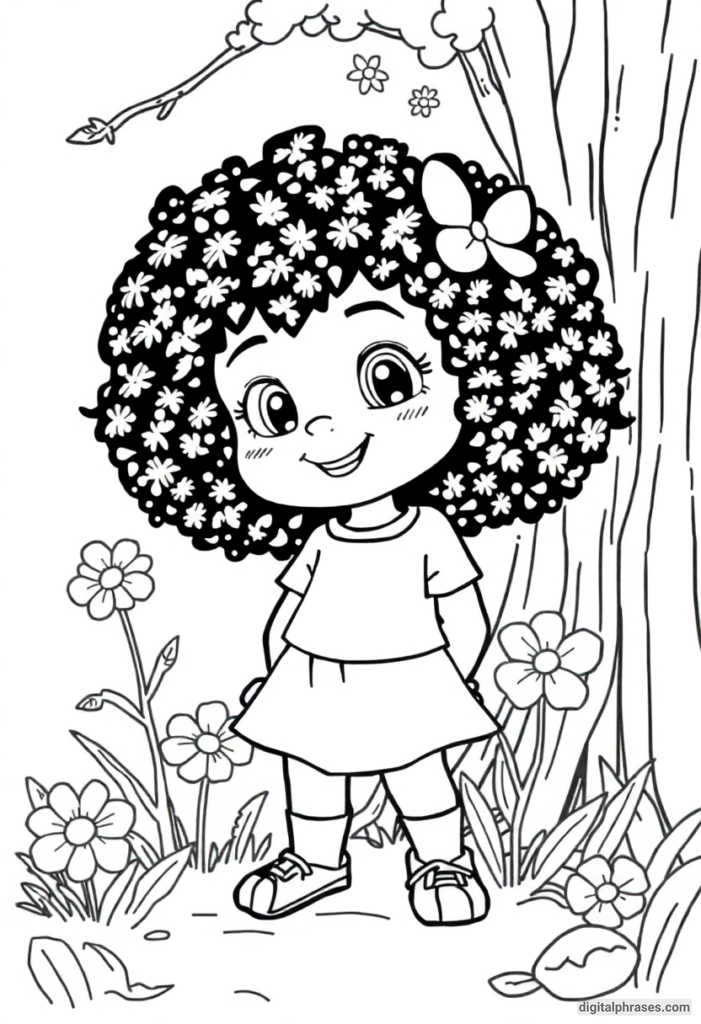
3
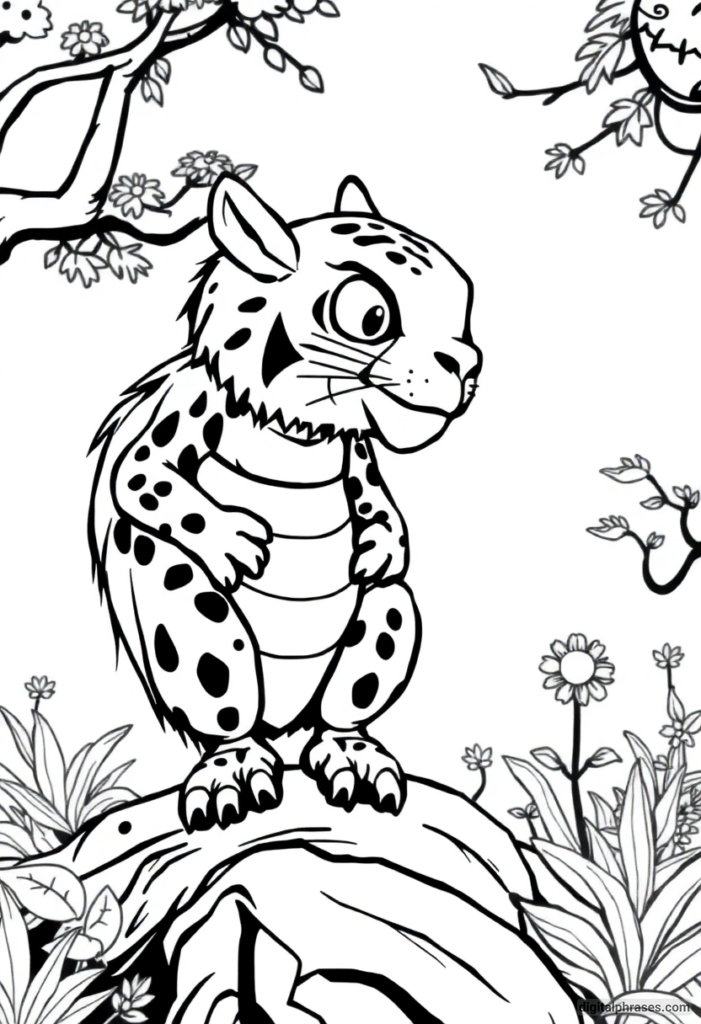
4
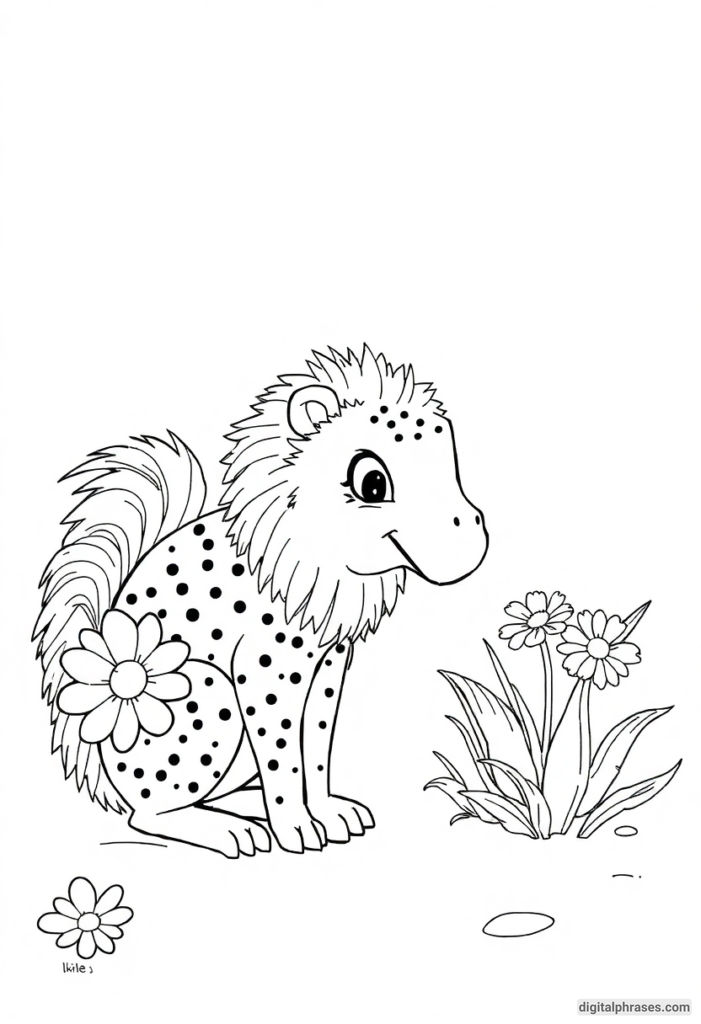
5
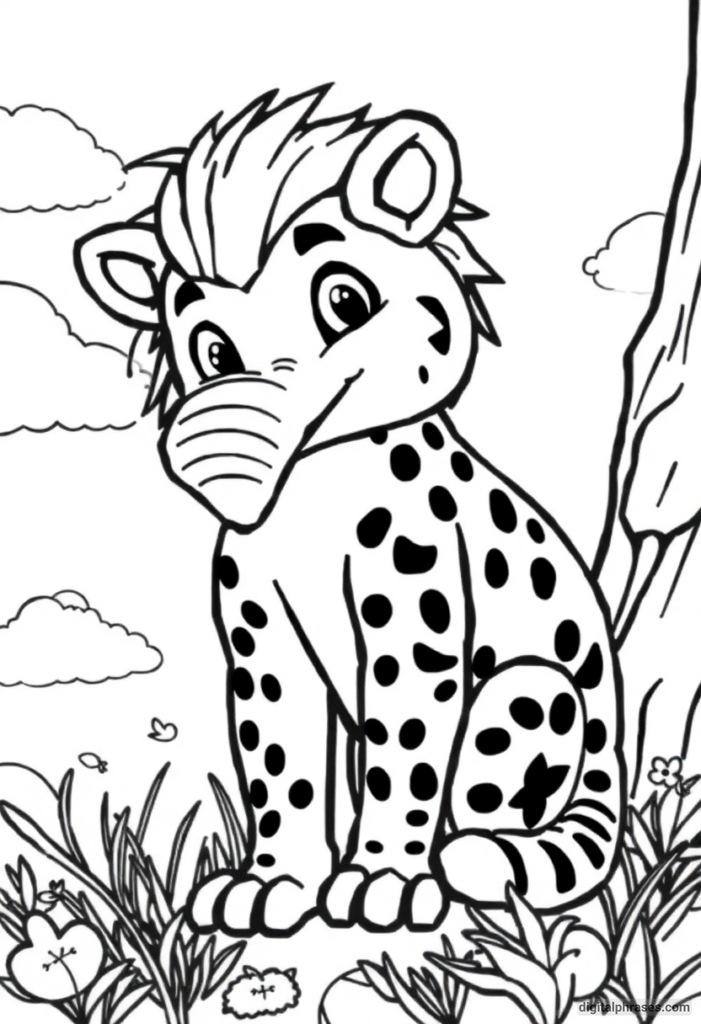
6
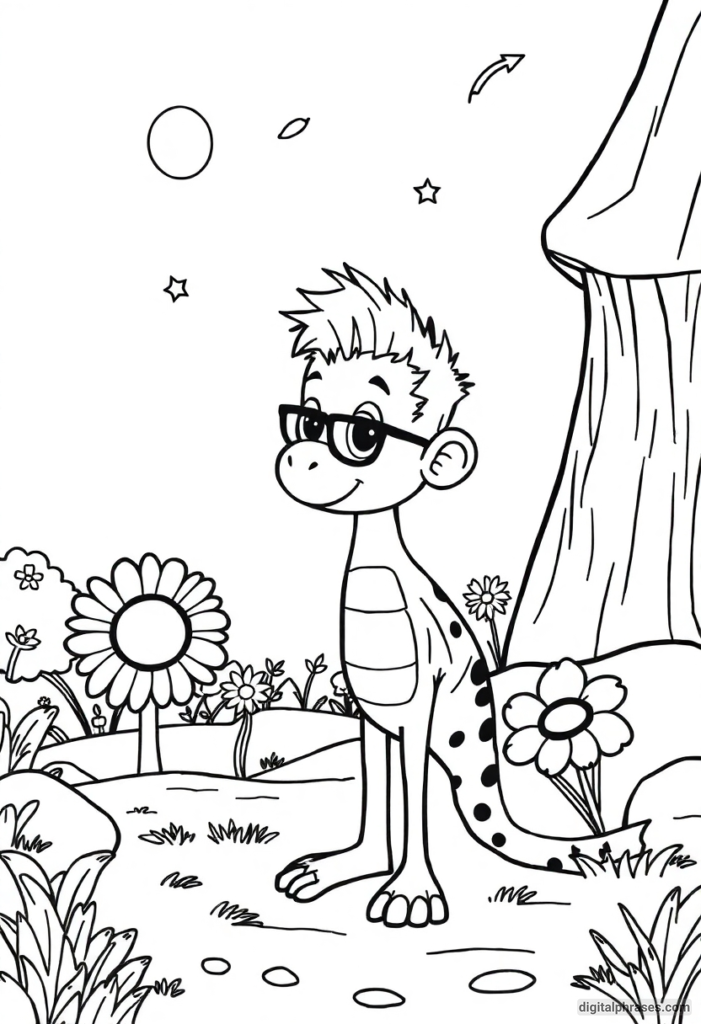
7
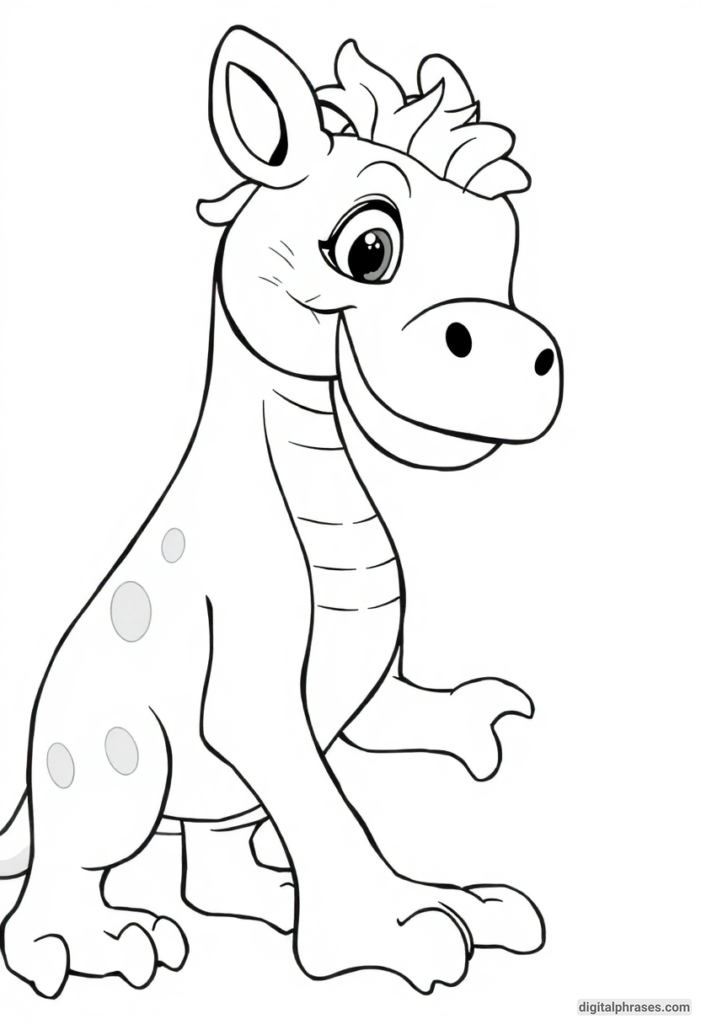
8
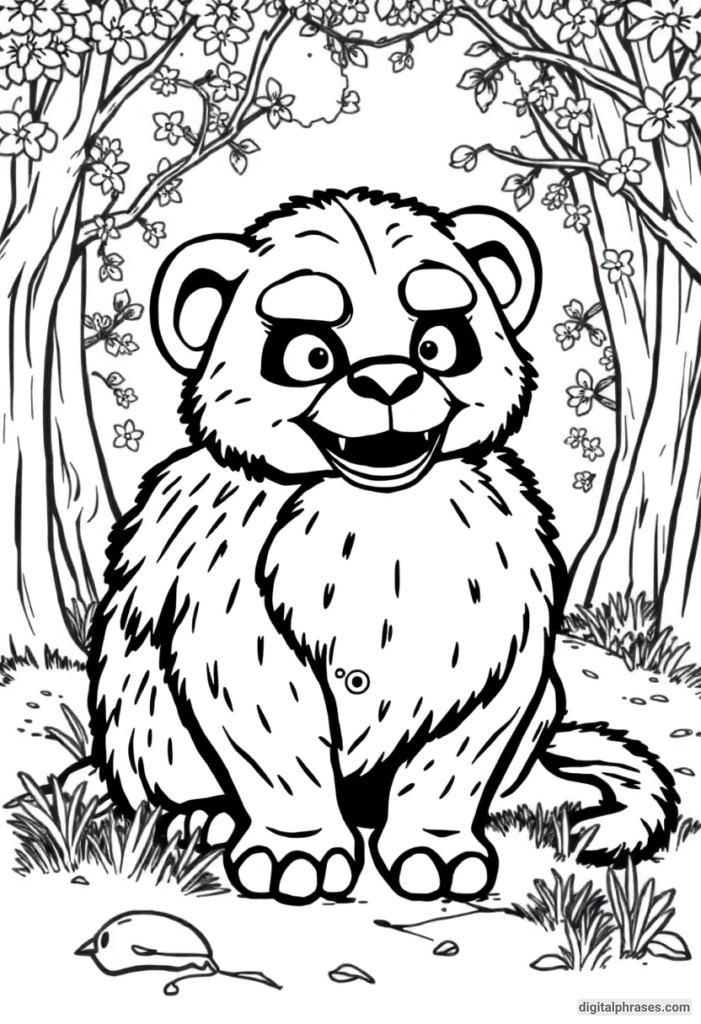
9
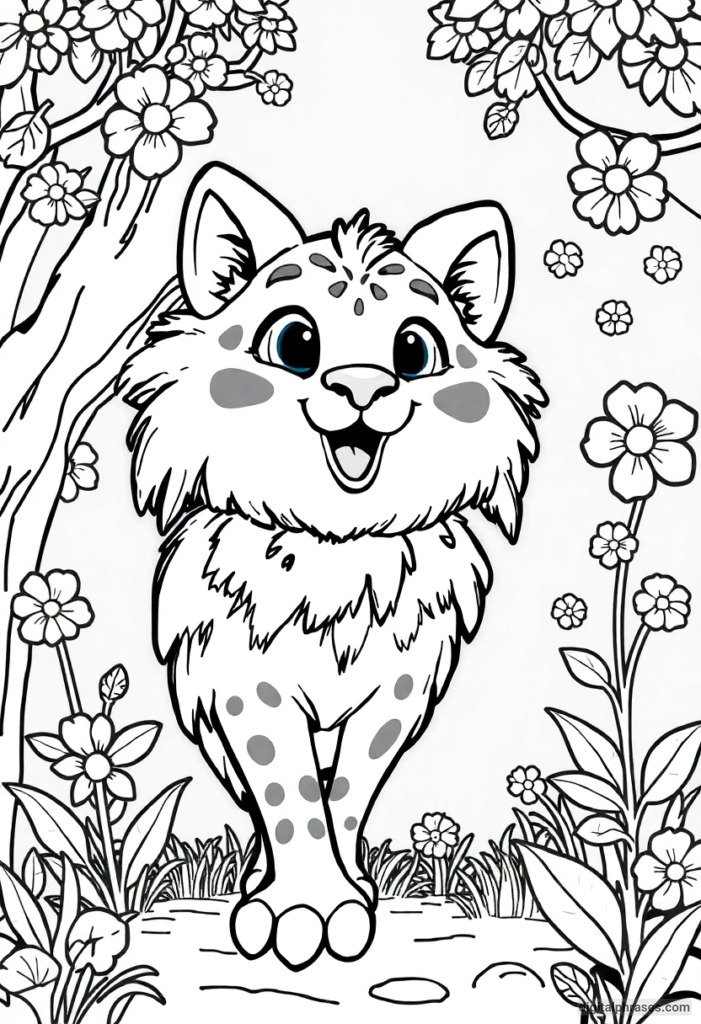
10
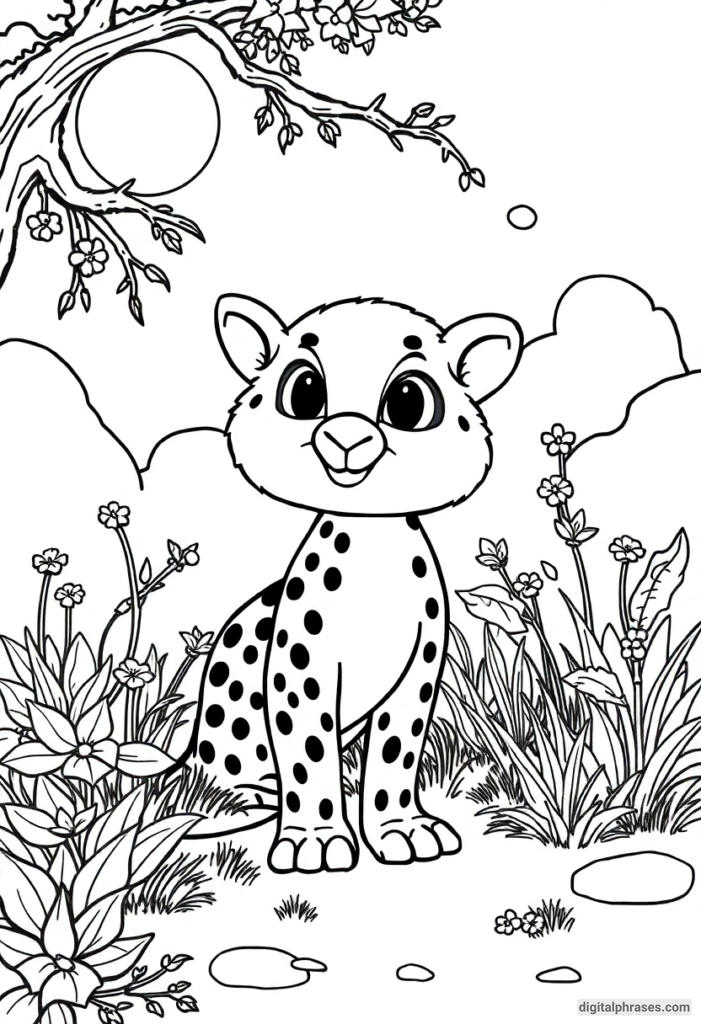
11
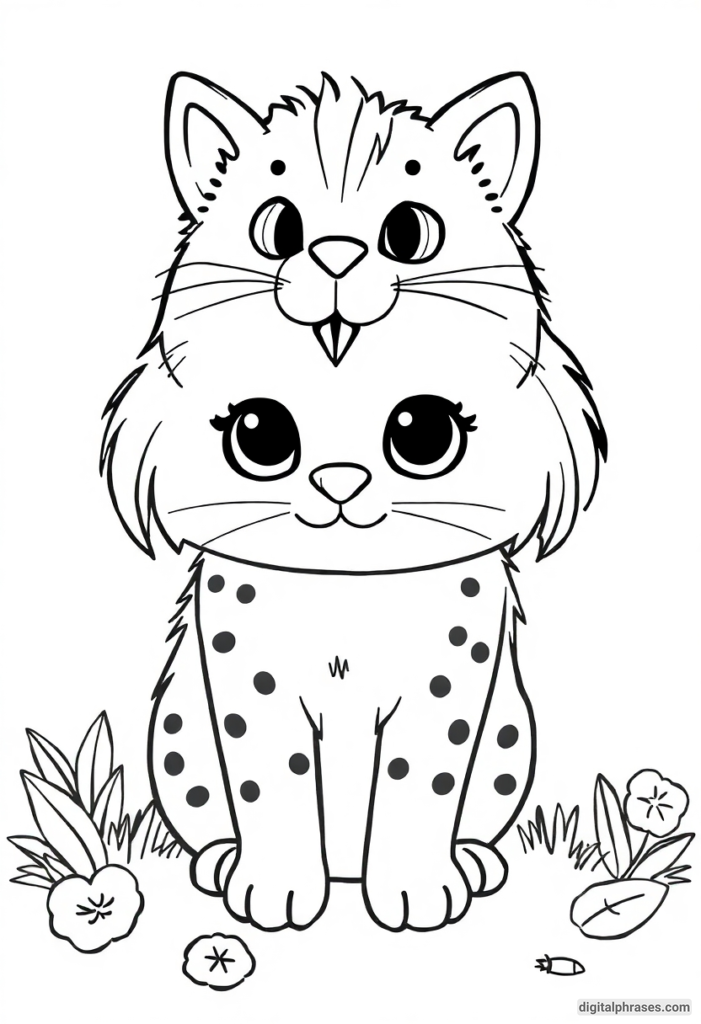
12

13

14
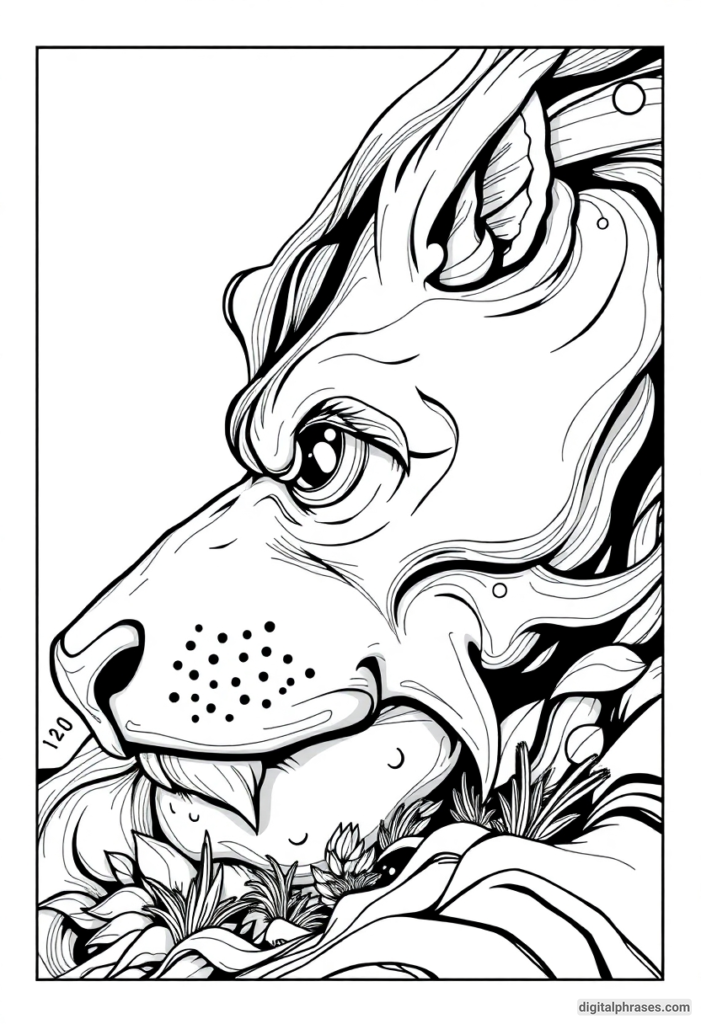
15

Fun Coloring Pages For Kids
1
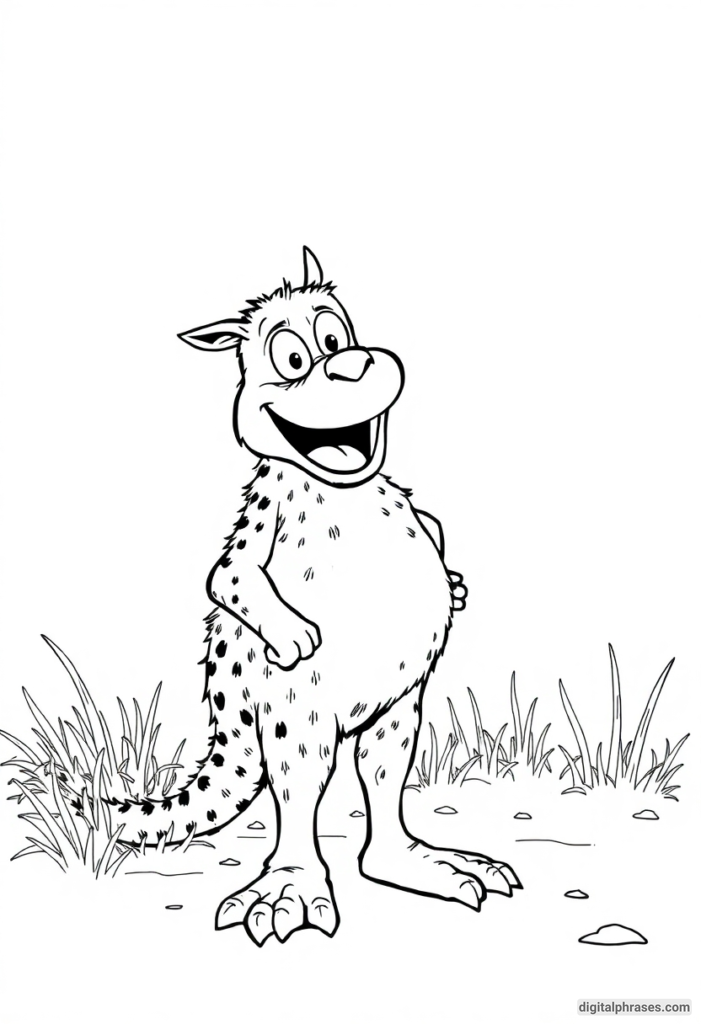
2
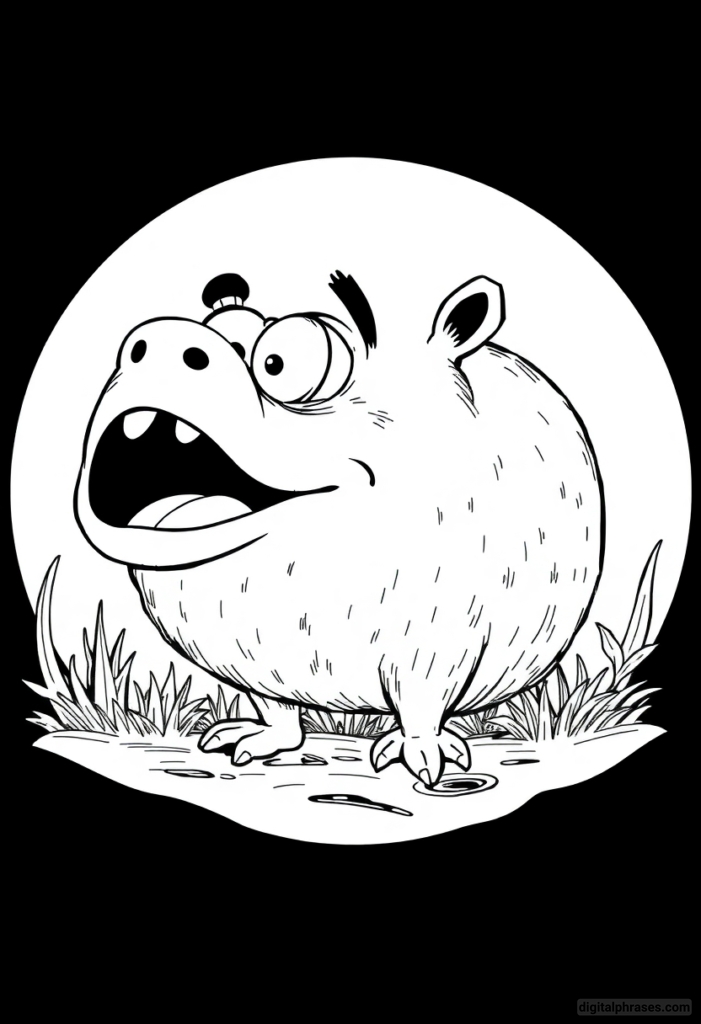
3
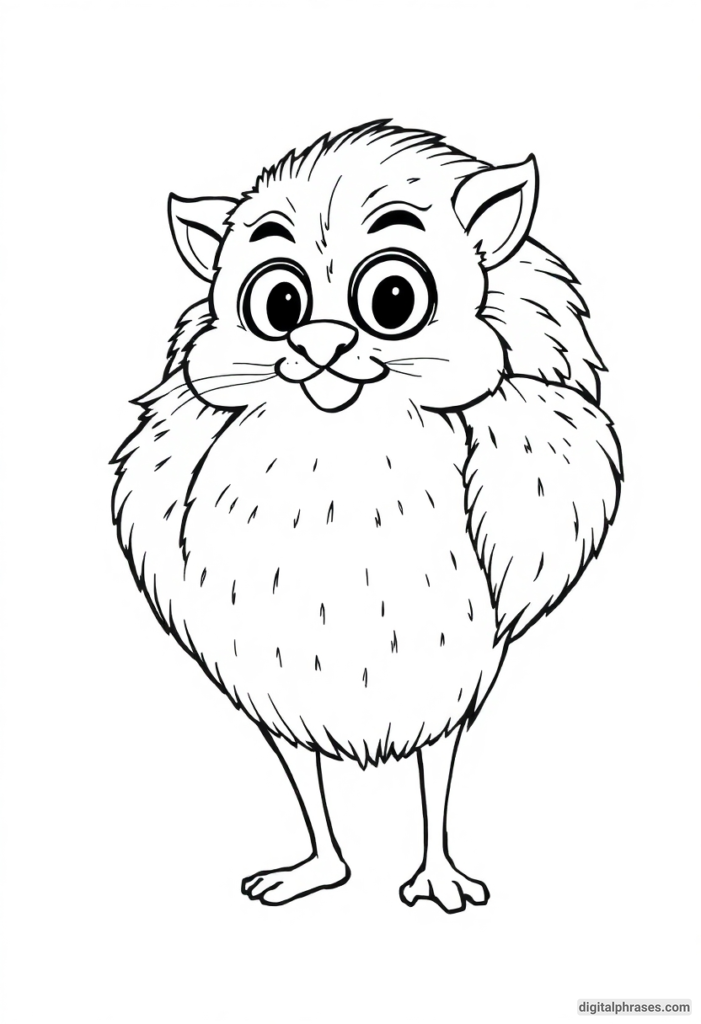
4

5
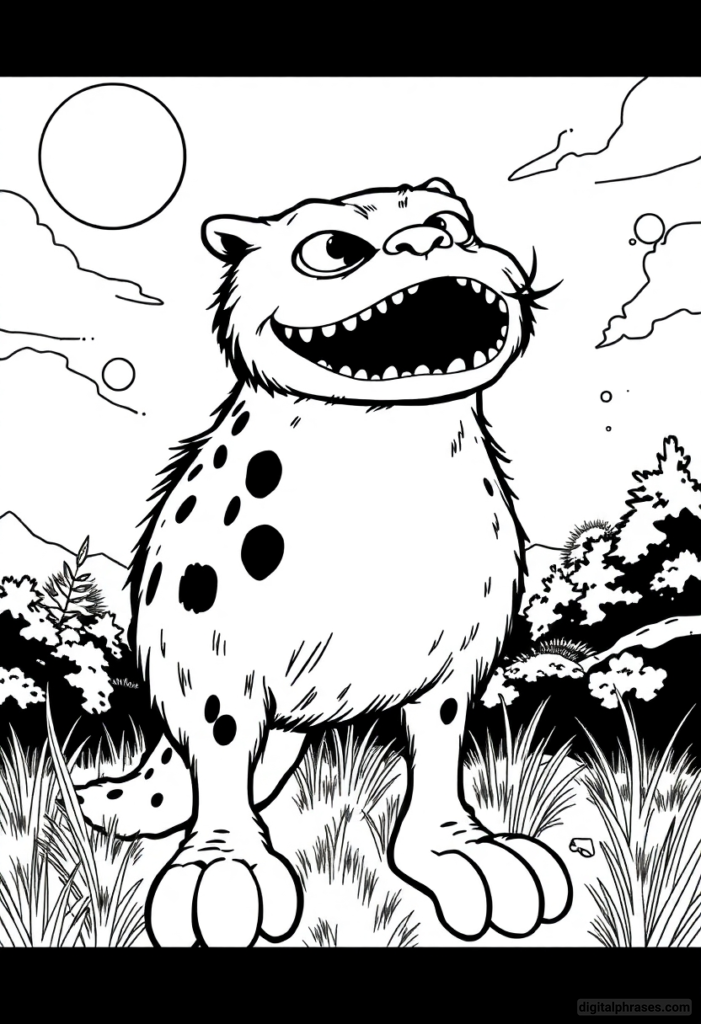
6
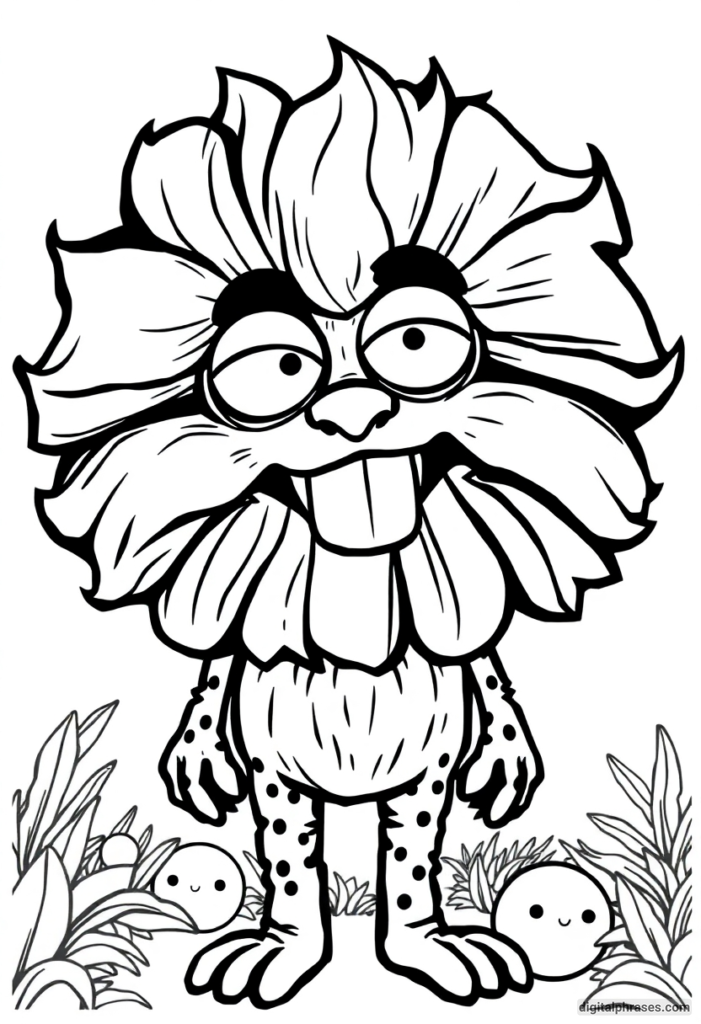
7

8

9
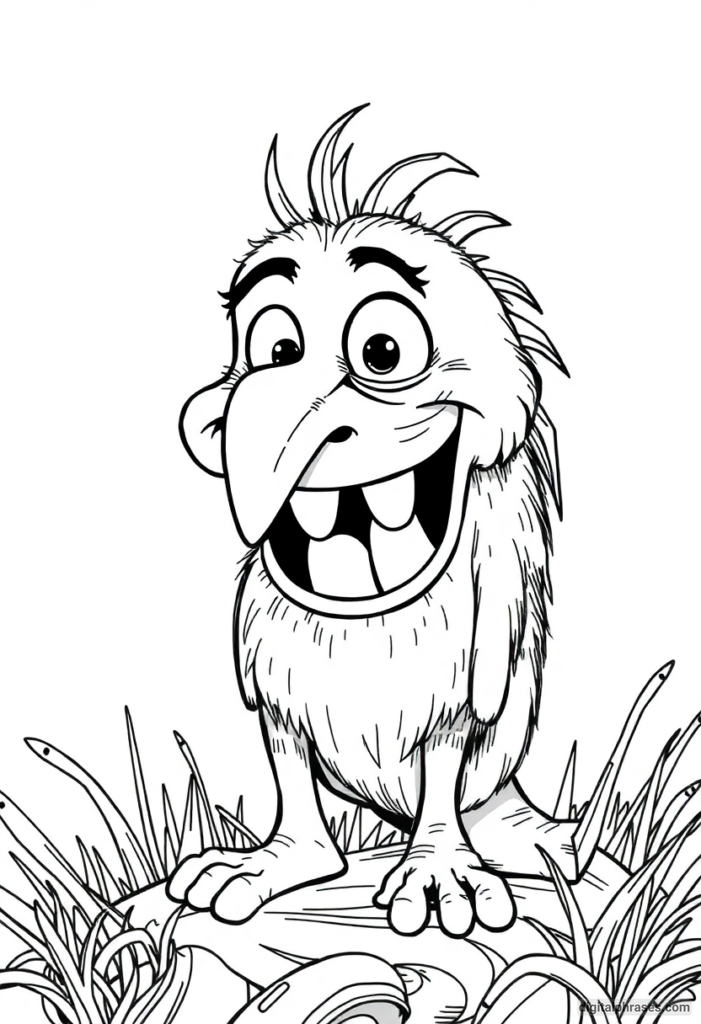
10
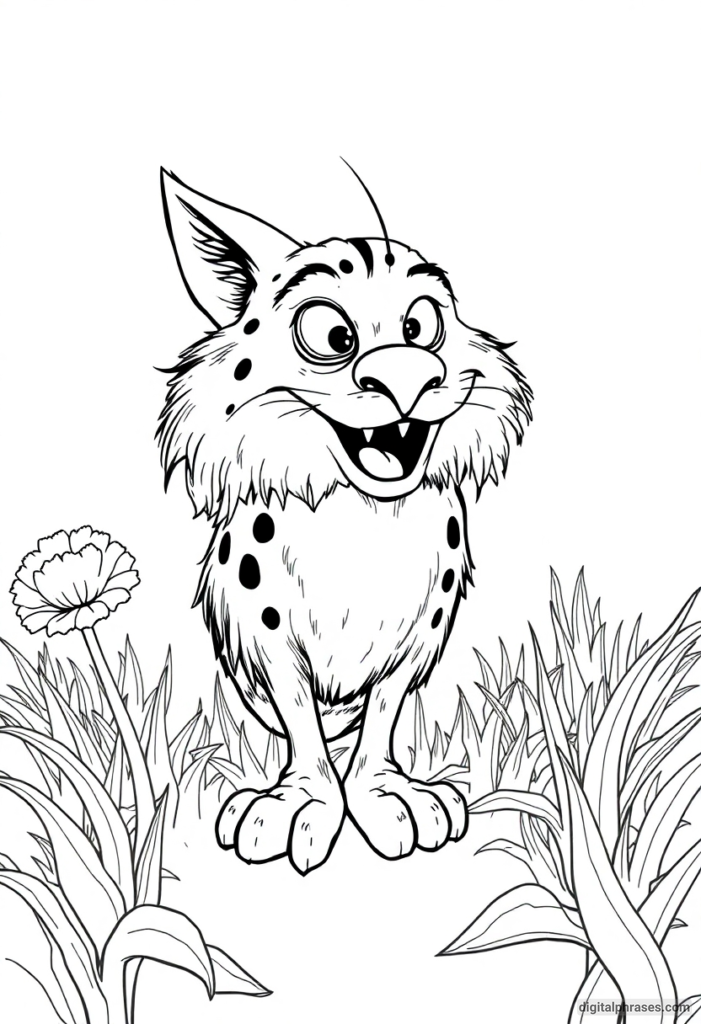
11
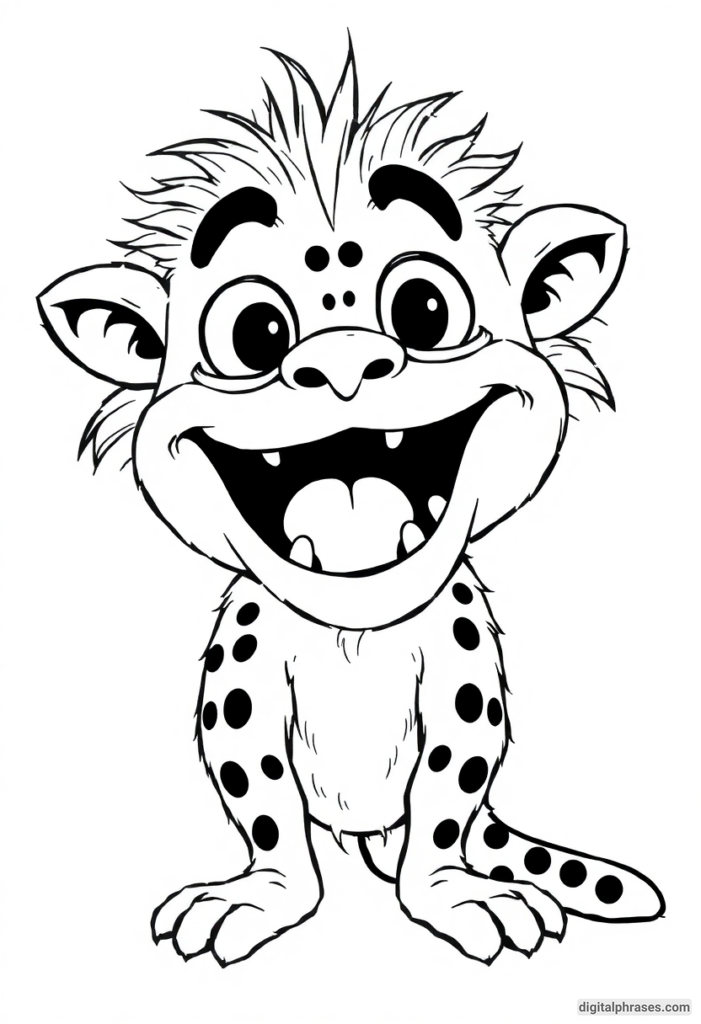
12
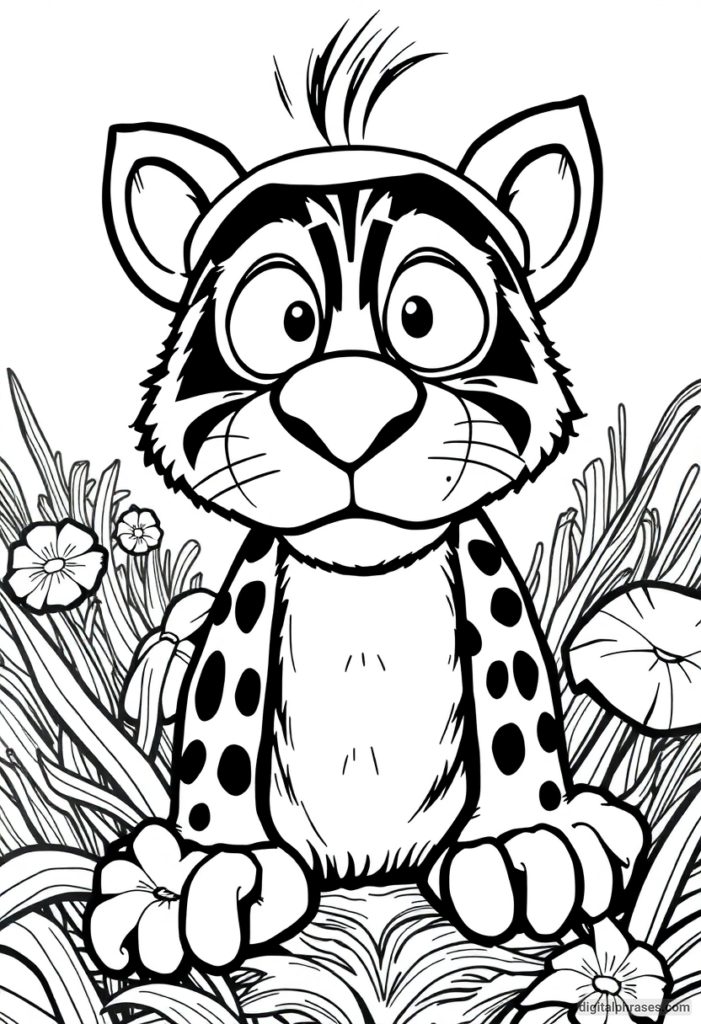
13
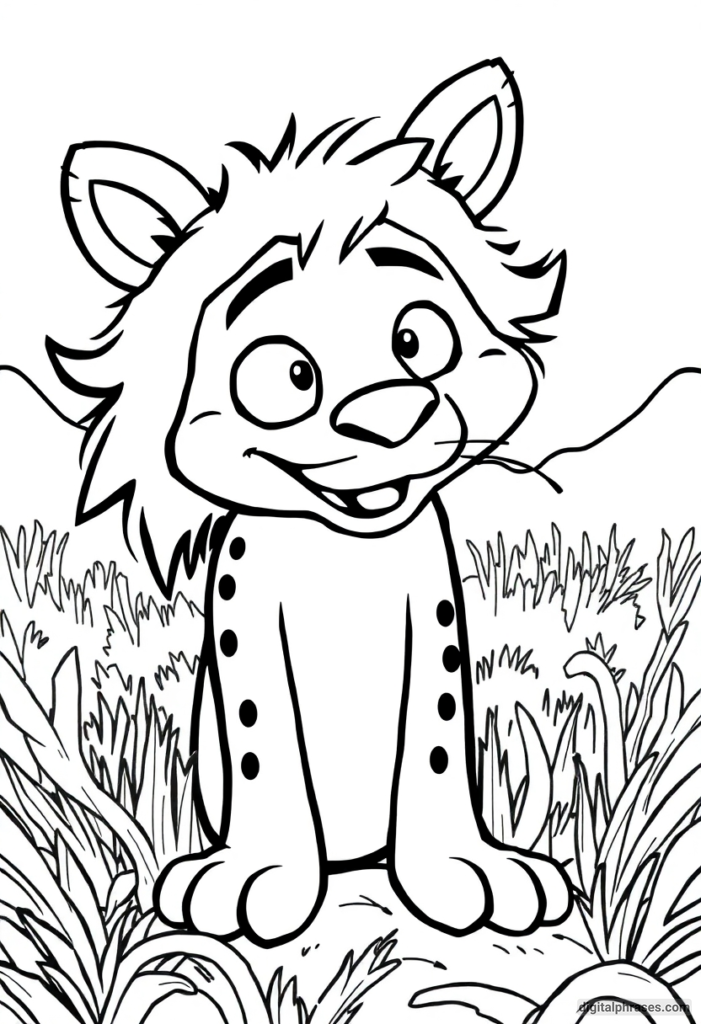
14
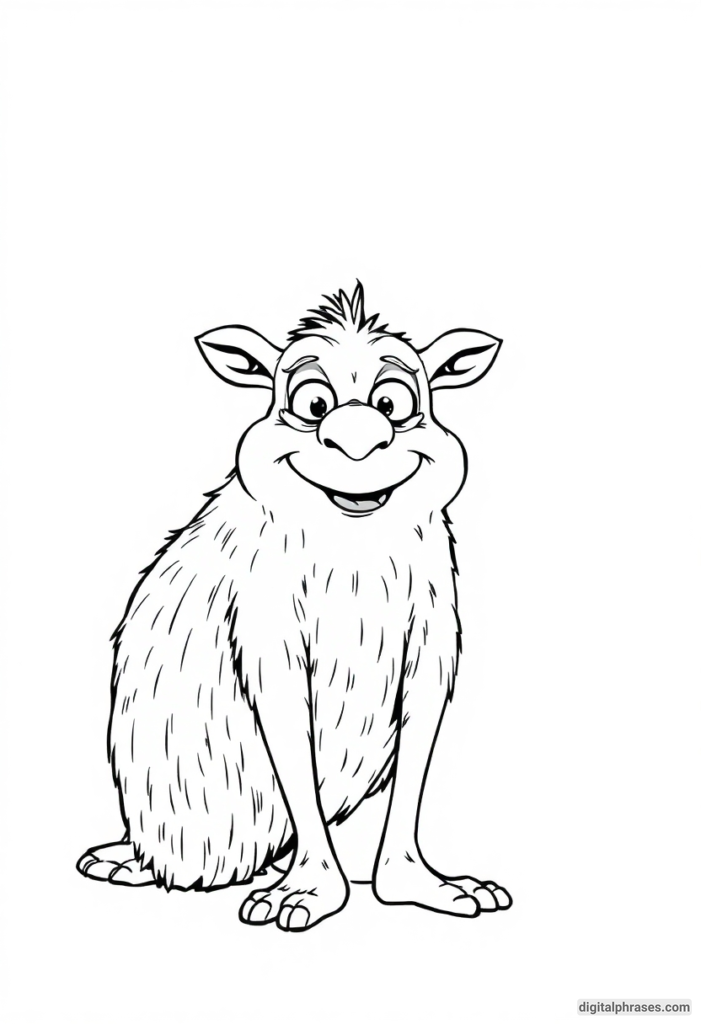
15

Things To Keep in Mind While Coloring These Pages
1. Choose the Right Coloring Tools
I know—this seems like a no-brainer. But have you ever handed a toddler a box of markers, only to find out they have the magical ability to turn your walls into modern art within 30 seconds?
Here’s where it pays off to be strategic with your coloring tool selection.
Crayons, colored pencils, and washable markers are a good starting point. And yes, I emphasize “washable” markers because it’s not just the paper that will be receiving an artistic makeover.
Crayons are great for younger kids. They’re easy to grip, not too messy, and if your kid decides to give them a taste (because toddlers), they’re usually non-toxic.
Colored pencils are perfect for older kids who might want to work on their precision and fine motor skills. Plus, they give a more controlled finish, and you won’t have to worry about them drying out like markers.
Markers, though bold and vibrant, can be a little tricky. As mentioned before, washable markers are a lifesaver.
Permanent markers?
You better hide those in a secret vault guarded by laser sensors and a dragon.
2. Start with the Big Spaces
When coloring, it’s often easier (and less overwhelming) for kids to begin with the bigger sections of the picture.
This helps them get a sense of accomplishment early on, as large spaces fill up quickly and give them the confidence to continue.
If your child is coloring a landscape, for example, they can start with the sky or the grass before tackling smaller elements like flowers, animals, or houses.
This technique also reduces the chances of their hands smudging the finer details later.
And trust me, when they avoid smearing that perfectly colored-in bird with their palm, it’s a win for everyone!
3. Stay Inside the Lines (But It’s Okay if You Don’t)
Look, I know we’re all secretly hoping for that pristine, within-the-lines coloring masterpiece we can proudly slap on the fridge. But the truth is, coloring outside the lines is a rite of passage!
It’s part of the process. Sure, encourage your child to stay inside the lines if they’re ready for it, but don’t stress if their idea of “coloring” is more like a freestyle jazz performance on paper.
Over time, kids naturally develop better hand-eye coordination and learn how to control their strokes.
For now, embrace their boldness. After all, maybe that pink-and-yellow rainbow horse with smudges all around it is actually a very avant-garde interpretation we mere mortals just don’t understand yet.
4. Introduce Simple Color Theory
Now, I’m not suggesting you sit your child down for a lecture on the intricacies of complementary and analogous colors—unless you’re raising a mini Monet, that is. But it can be fun to give them a basic understanding of how colors work together.
For example, you can show them how blue and yellow make green, or how warm colors (reds, oranges, yellows) and cool colors (blues, greens, purples) can create different moods in a picture.
You could say something like, “See how blue feels like the ocean, and red feels like fire?” It’s all about getting them to experiment and observe.
And if they insist on making the sky orange and the grass purple—well, maybe they’re just ahead of the curve.
5. Patience, Young Grasshopper
If your child starts coloring, and after 10 minutes declares, “I’m done!” while handing you a page with two hastily scribbled marks, resist the urge to tell them otherwise.
Coloring is supposed to be fun, not a marathon of precision and time commitment.
You can encourage them to add more colors or fill in spaces they missed, but at the end of the day, it’s all about the experience, not the finished product. And let’s face it, their attention span is probably already moving on to what’s for snack time.
If they’re showing interest in taking their time, though, you can guide them in slowing down and filling in areas more carefully.
But don’t forget: the goal is to make this a creative outlet for them, not a high-stakes art competition.
6. Try Different Techniques
Sometimes, mixing things up can spark your child’s creativity.
Instead of always coloring in large blocks, introduce them to different techniques. Show them how to lightly shade an area or use small, circular motions to create a textured look. Or, they can try blending colors to create depth.
For example, they could use light blue at the top of the sky and gradually press harder with the crayon as they move downward to create a gradient effect.
Don’t worry if their first few attempts look more like a mishmash than a smooth transition—just the act of trying something new is a big win!
7. Take Breaks
We’ve all been there—you’re in the zone, halfway through coloring the most intricate page of your life, and suddenly your hand cramps up or your focus wanes. Kids experience this, too.
Coloring is fun, but it can also be tiring, especially for little hands that aren’t used to sustained activity.
Encourage them to take breaks. Get up, stretch, have a snack, and come back to it when they’re feeling refreshed.
This helps keep coloring enjoyable and avoids frustration.
Plus, it teaches them a valuable lesson: taking your time leads to better results.
8. Encourage Creativity, Not Perfection
One of the best parts of coloring is that there are no strict rules! While you can offer guidance, it’s important to encourage your child’s unique vision.
They don’t have to make the sky blue or the grass green just because that’s what we’re used to seeing. Maybe they want a polka-dotted dog or a rainbow-striped zebra, and that’s totally fine.
By letting them experiment with their ideas, you’re nurturing their creativity and imagination.
Sure, you might cringe when they color your favorite flower a shade of neon green, but that’s all part of their creative journey!
9. Use Color as a Storytelling Tool
Kids love to tell stories, and they can use their coloring pages as a way to do just that! As they color, ask them questions about their picture: “Why did you choose that color for the tree?” or “What’s happening in the sky?” You’ll be amazed at the elaborate stories they come up with.
Using color as a storytelling tool not only makes coloring more fun but also encourages your child to think about how colors evoke feelings and ideas.
Who knew that lime green dragon was actually the hero in an epic battle against the pink polka-dotted T-Rex?
10. Have Fun Together
Lastly, and most importantly, make coloring a fun, bonding experience. Whether you’re coloring alongside your child or simply chatting with them while they work on their masterpiece, it’s a great opportunity to connect.
Turn it into a family activity by printing out multiple pages and having everyone join in.
You could even hang the finished artwork around the house as a mini gallery. And who knows—you might rediscover your own love for coloring in the process.



